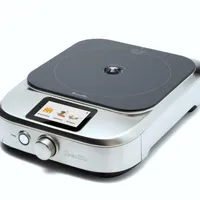I’ve been using Breville’s portable induction stove for 2 weeks — and now I want to replace my gas range
The Breville Control Freak Home is impressive, if expensive.
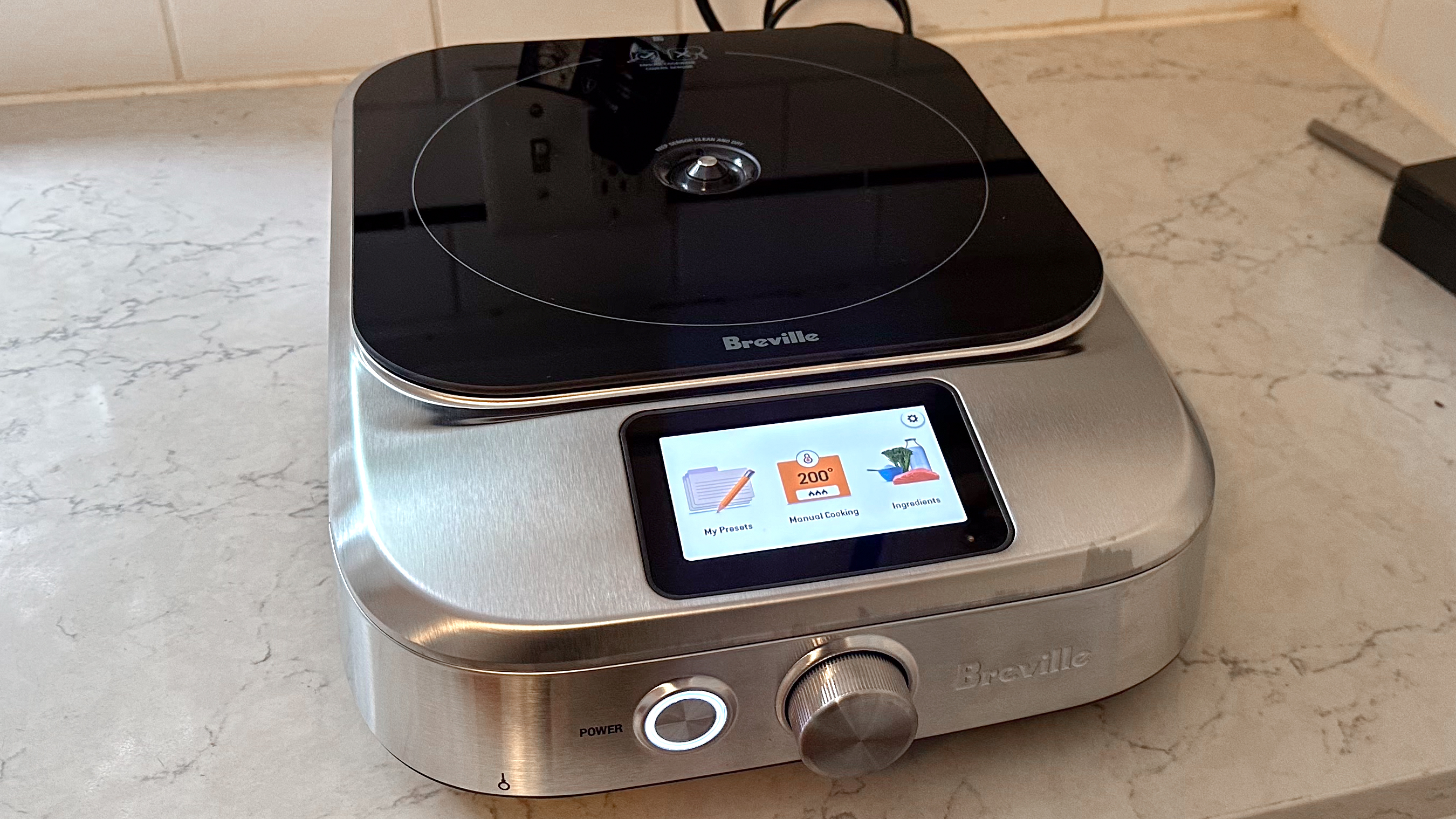
I've been getting some work done on my kitchen, which has meant that our gas range has been out of action for the last few weeks. Because we still need to cook things — and my grill, pizza oven, and smoker aren't the most fun to use when it's raining — I decided to see if an induction stove was up to the task.
While they're relatively new, there are a number of portable induction cooktops available — there's even an Amazon Basics induction cooktop for just $50 — I wanted to try the creme de la creme: The Breville Control Freak Home, which costs $1,299, as expensive as some full-fledged ranges.
I've been using the Control Freak over the last few weeks, making steak, eggs, pasta, and more, to see if it's really worth the investment, or if a cheaper model would suffice. Here are three things I learned.
Unfortunately, Breville's induction stove isn't on sale for Prime Day, but I did find 9 Prime Day induction cooktop deals if you're looking to upgrade your kitchen setup.
The Control Freak Home has a temperature range of 77 to 428 F, delivers 1800W of power, measures 12.2 x 16.9 x 4.1 inches, and weights 15.4 pounds. It comes with a temperature probe, probe pot clip, accessory storage box, and instruction booklet. It has a two-year limited warranty.
It takes the guesswork out of cooking
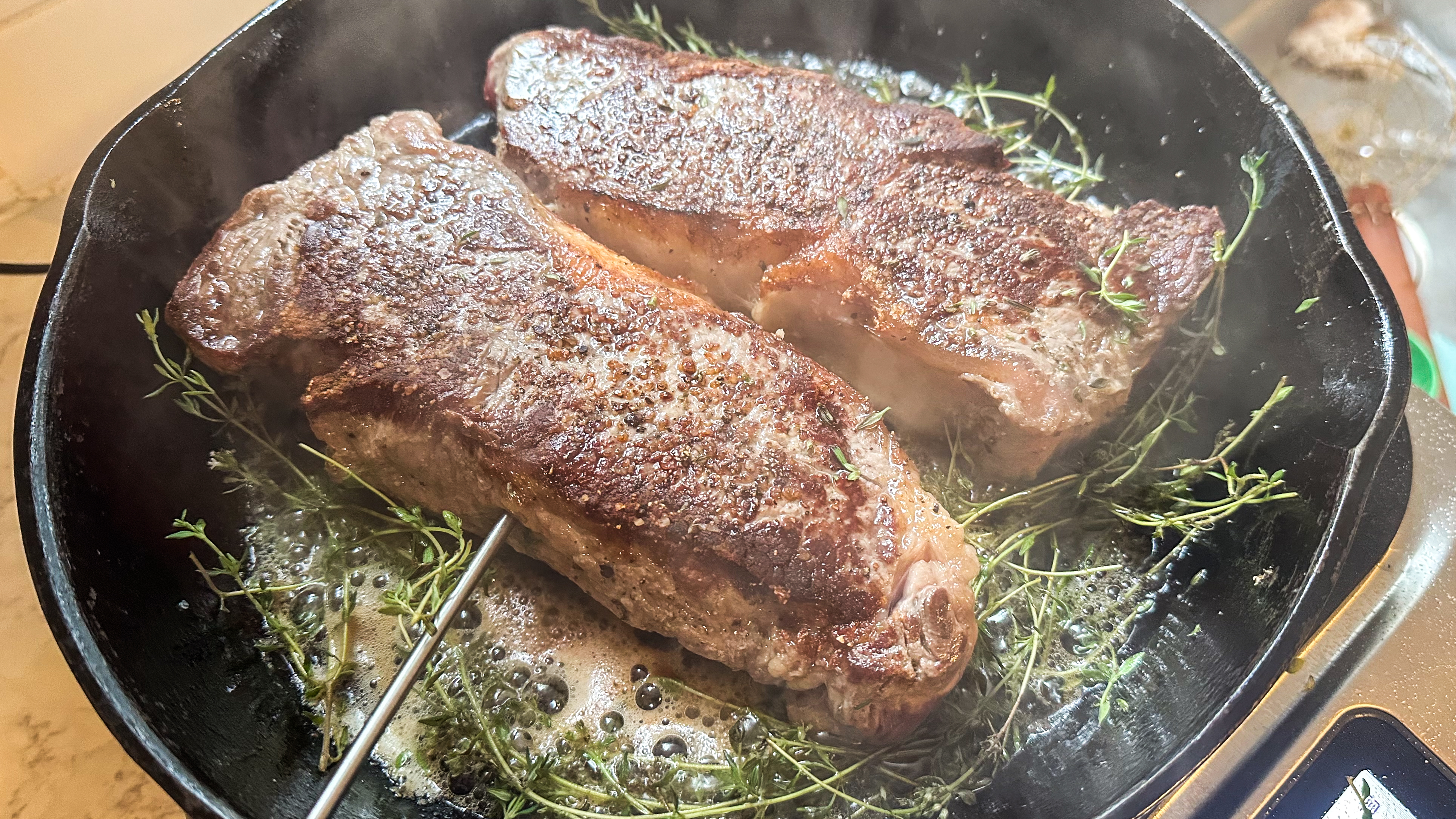
Unlike most other portable induction stoves, the Control Freak has a small display on the front, which not only shows you the temperature, but also has dozens of settings so you can set the optimal temperature for whatever you're cooking.
There are separate menus for ingredients and techniques, so you can search for something like "poultry" or "salmon," or for "sear" or "poach," and the Control Freak will turn itself to the optimal temperature.
You can also manually adjust the temperature, should you have your own ideas. You can do this using the touchscreen or the large control knob on the front.
Get instant access to breaking news, the hottest reviews, great deals and helpful tips.
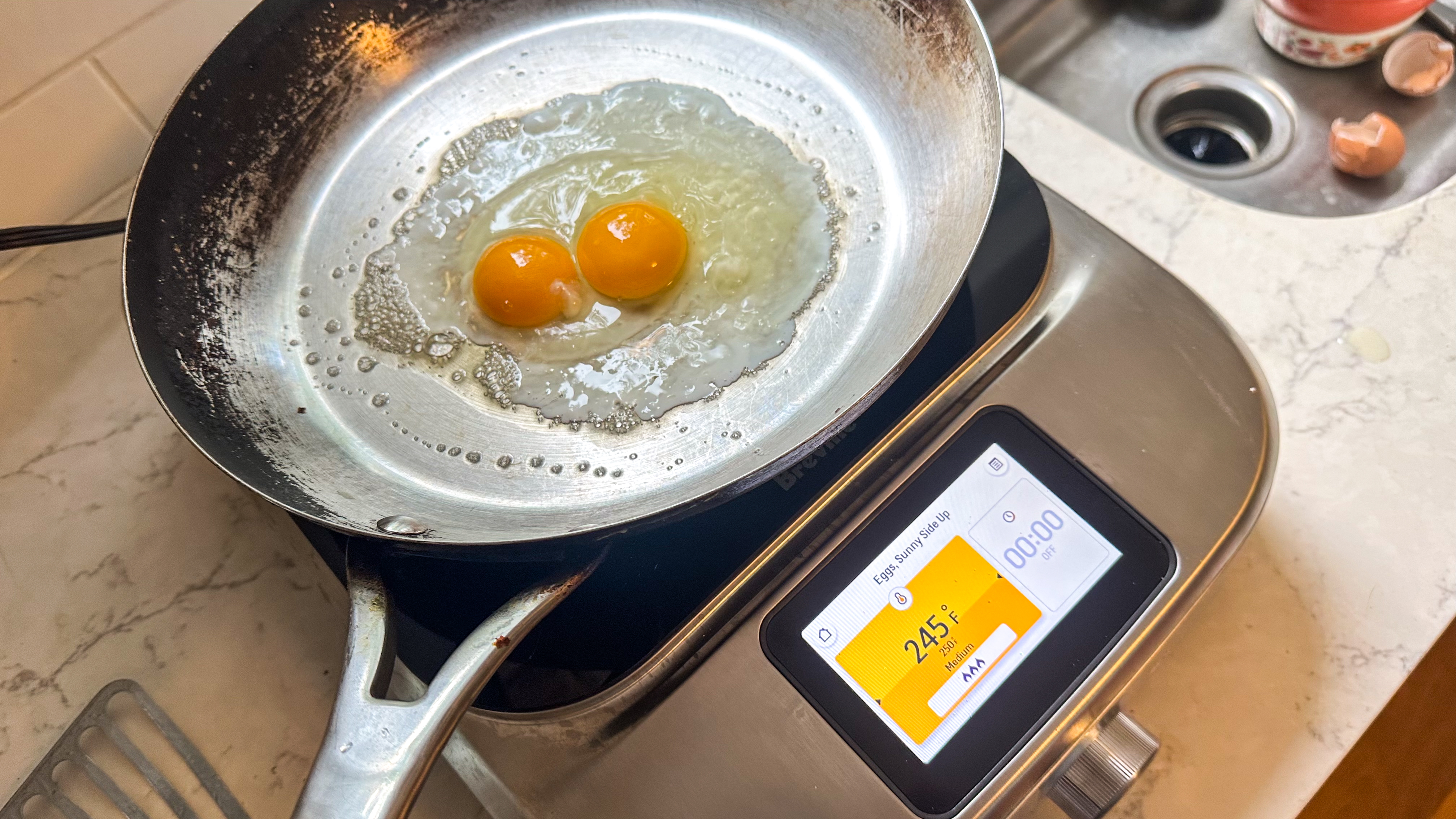
To test its accuracy, I used the settings for both scrambled and sunny side up to make some eggs for breakfast, and the Control Freak Home was able to make them just right, without overcooking.
I also used the sear setting to get a nice char on a pair of New York Strip steaks. The Control Freak Home heated itself up to 400 degrees F, and I got a wonderful crust on my steaks in minutes.
The temperature probe was handy
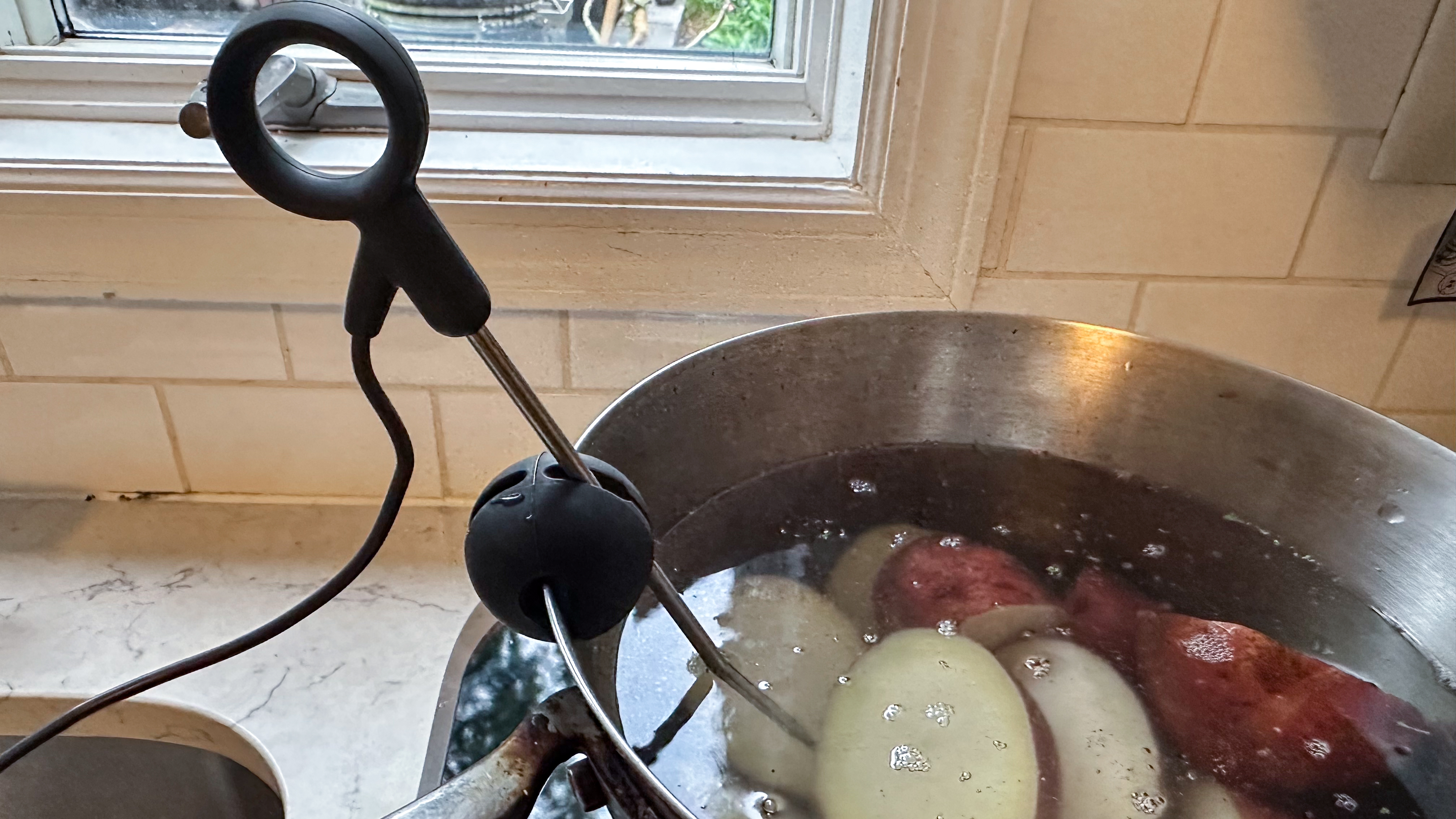
When cooking the aforementioned steaks, I wanted to ensure they were cooked to a perfect 125 degrees Fahrenheit. The Control Freak Home comes with a detachable temperature probe, so I was able to accurately measure the internal temperature of my New York Strips.
Even better: The temperature probe also comes with a small slotted silicone ball, so you can attach the probe securely to the side of a pot or pan. It's a small but welcome touch.
It heats up fast
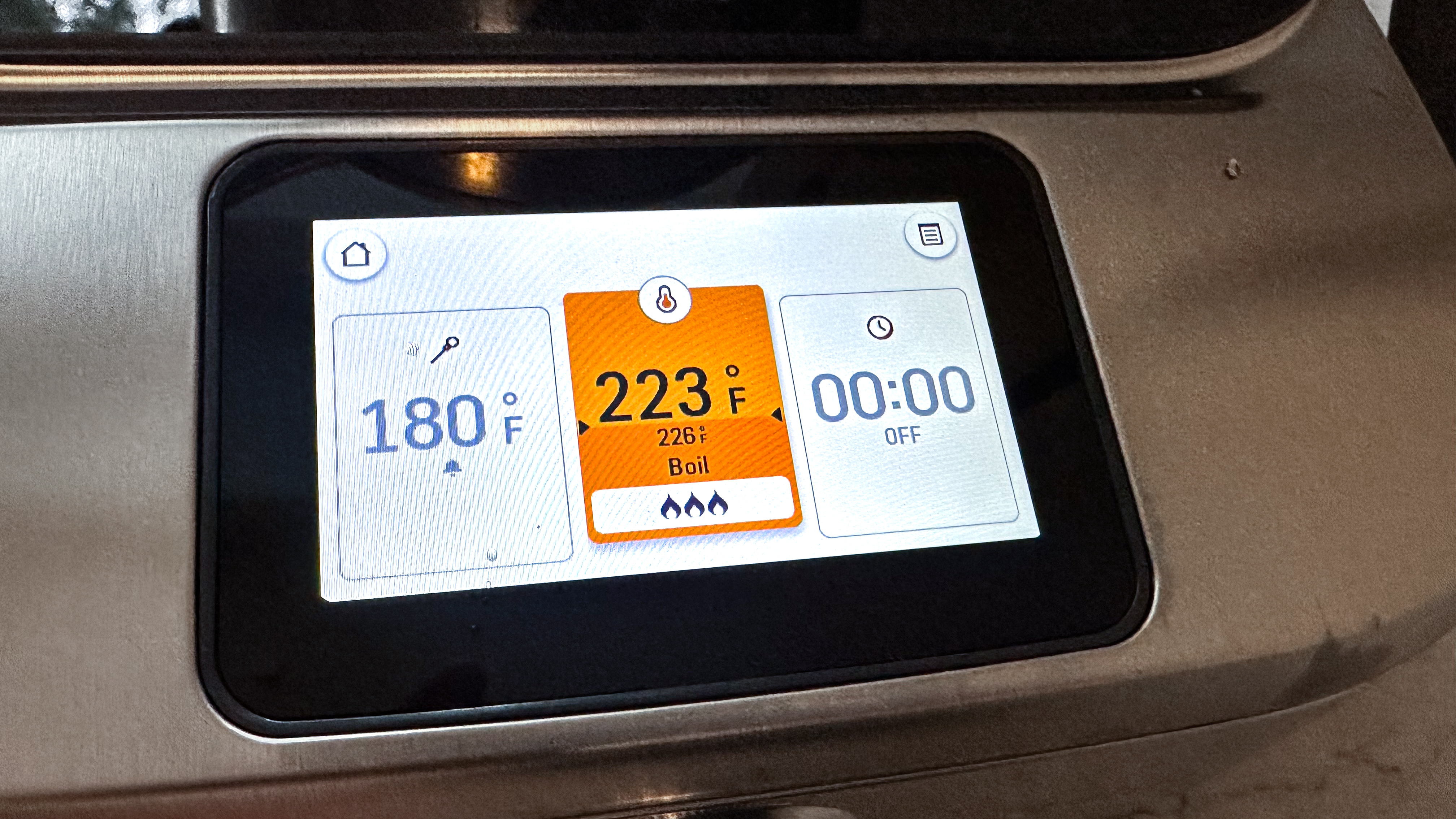
One of the reasons I've always preferred gas ranges to electric is that they heat up much faster and are more responsive to temperature adjustments.
Maybe it's recency bias, but I was seriously impressed with how fast the Control Freak was able to get my pans up to cooking temperature — it even seemed like it was faster than my gas range, itself nothing to sneeze at (a GE Cafe series).
I had trouble with some pots
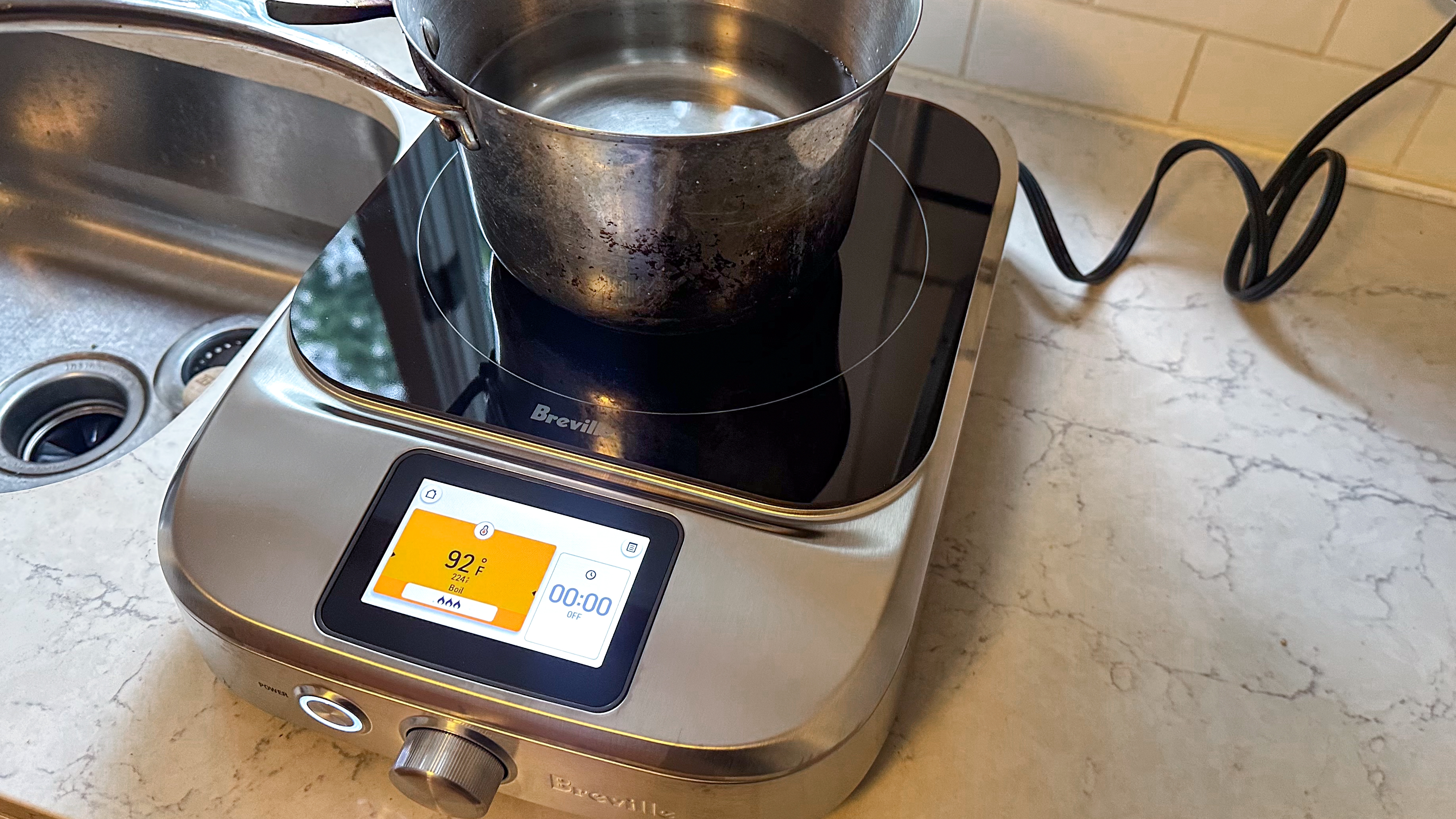
As you may or may not know, there are only certain kinds of pots and pans that can be used with induction stoves. Your cookware needs to have a ferrous element — meaning steel or iron — otherwise, it won't work.
My pots and pans are aluminum, but have steel inserts on the bottom, so they worked — for the most part.
In the center of the Control Freak's top is a small contact sensor that must be depressed in order for the cooktop to turn on. It depresses fairly easily, but I found that sometimes, my smallest pan didn't quite exert enough force, so I had to move it around for it to register.
One more peculiarity: While the Control Freak has several different settings for boiling sugar and other liquids, there isn't one for water. Perhaps Breville assumed that people know that 212 degrees is the right setting. However, I found that, to get a rolling boil, I had to set the temperature to about 230 or 240 degrees.
Final thoughts
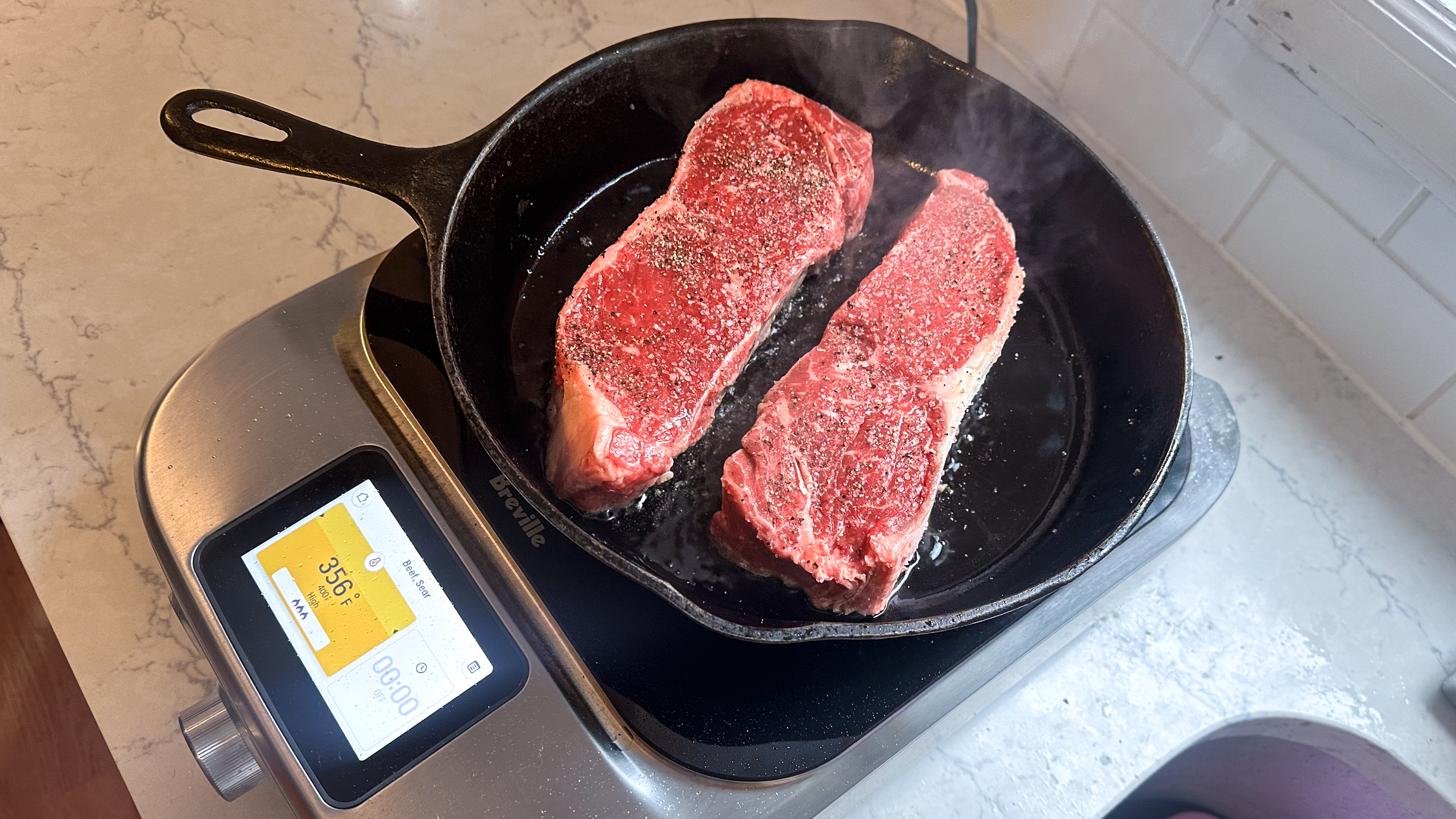
The Breville Control Freak Home is not cheap. You can certainly get portable induction stoves for much, much less. However, it's hard to argue with the power of Breville's model, and the multitude of settings for various types of foods and cooking techniques makes this a great, if expensive, option for those who are a little uncertain of their skills — or who simply don't want to be bothered looking for the ideal temperature.
Apart from that, I was also impressed with how well the Breville was able to bring my pans to temperature — and keep them there — which greatly helped keep me from overcooking meals.
It's something that's a bit harder to control with my gas range, which is why I'd definitely consider an induction stove as my next major appliance purchase.
More from Tom's Guide

Michael A. Prospero is the U.S. Editor-in-Chief for Tom’s Guide. He oversees all evergreen content and oversees the Homes, Smart Home, and Fitness/Wearables categories for the site. In his spare time, he also tests out the latest drones, electric scooters, and smart home gadgets, such as video doorbells. Before his tenure at Tom's Guide, he was the Reviews Editor for Laptop Magazine, a reporter at Fast Company, the Times of Trenton, and, many eons back, an intern at George magazine. He received his undergraduate degree from Boston College, where he worked on the campus newspaper The Heights, and then attended the Columbia University school of Journalism. When he’s not testing out the latest running watch, electric scooter, or skiing or training for a marathon, he’s probably using the latest sous vide machine, smoker, or pizza oven, to the delight — or chagrin — of his family.
You must confirm your public display name before commenting
Please logout and then login again, you will then be prompted to enter your display name.
